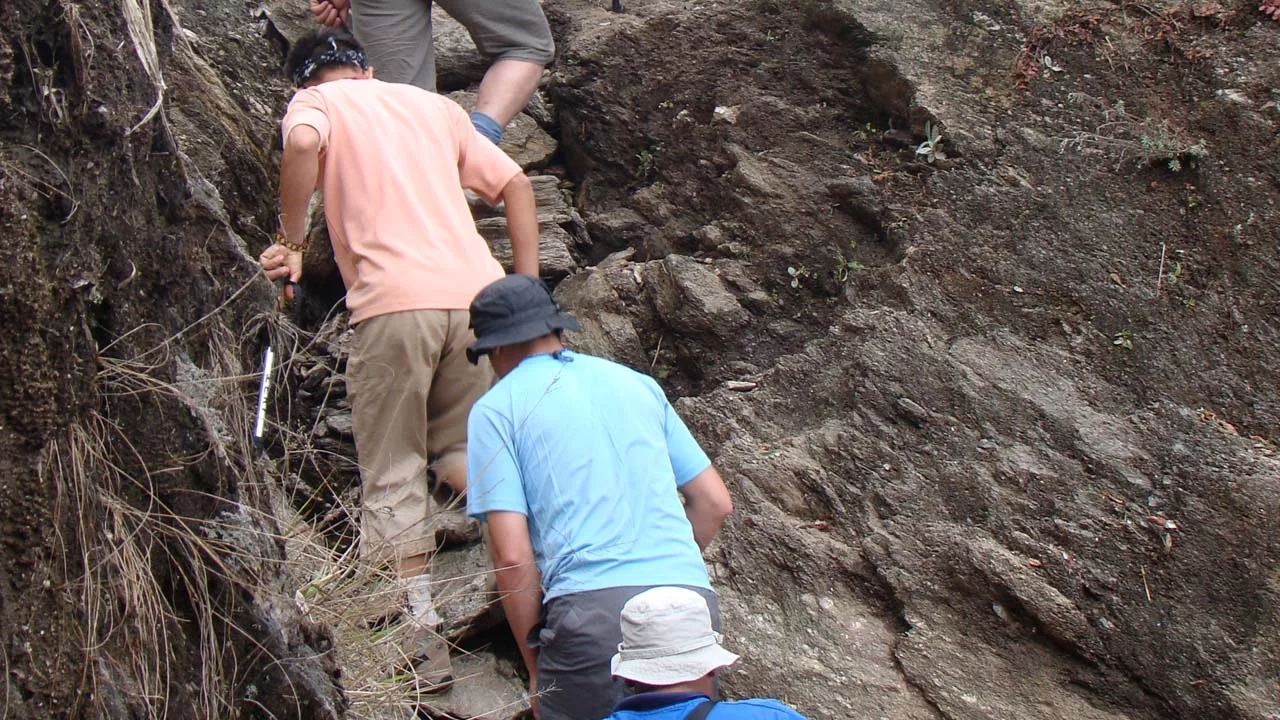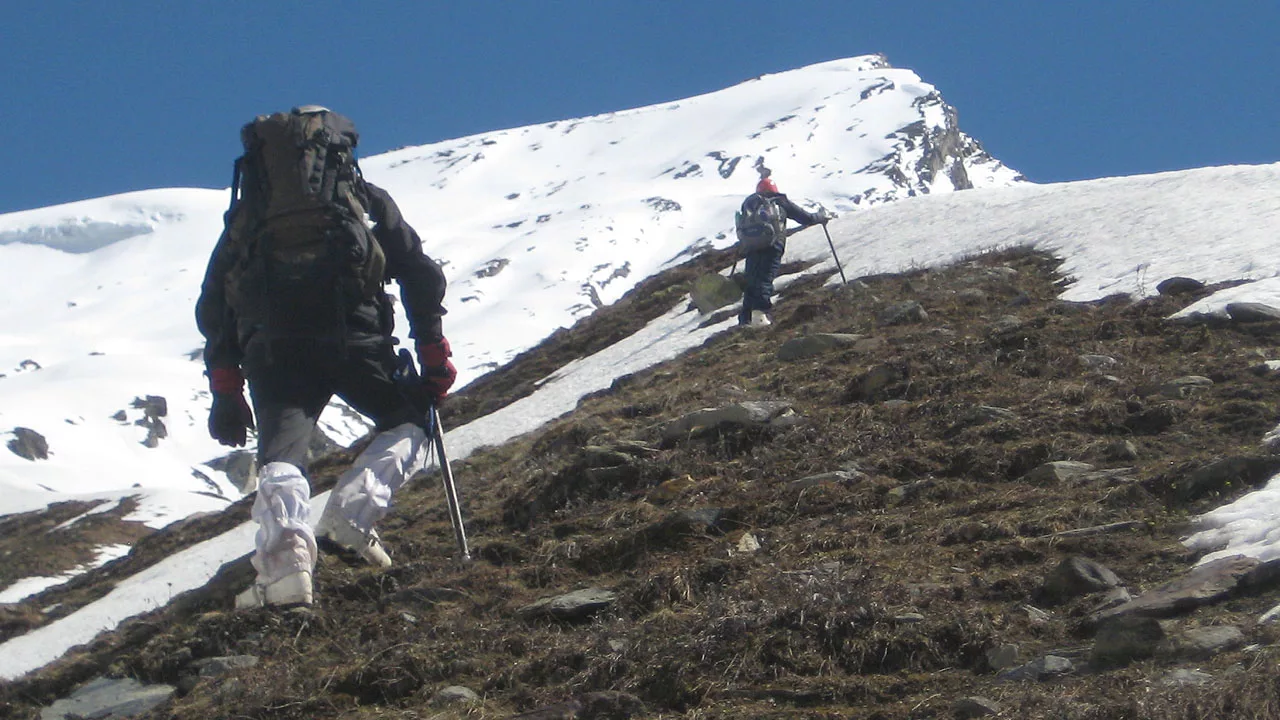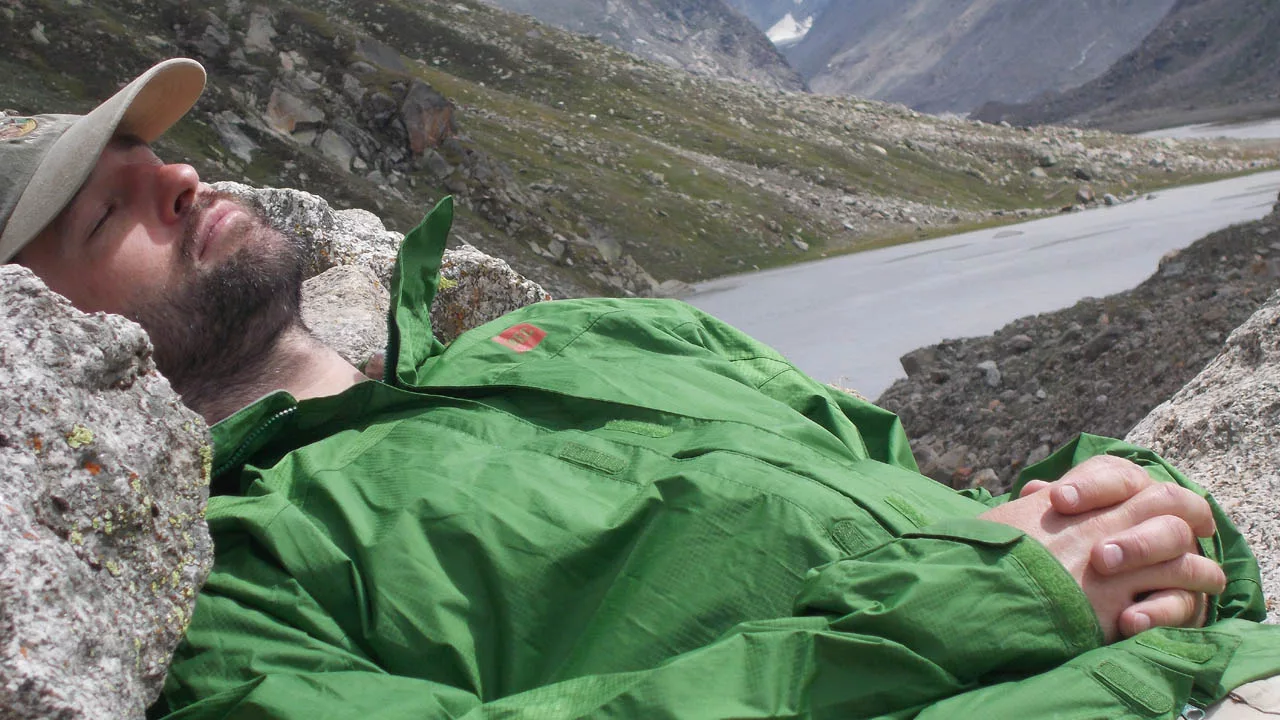Peak Performance: A Guide to Physical Fitness for Mountains
Athlete Health
Introduction:
Preparing for a mountain climbing expedition requires meticulous physical fitness training. Whether you are a novice climber embarking on your first ascent or an experienced mountaineer aiming to conquer new heights, developing adequate physical conditioning is vital for a safe and successful expedition. This detailed guide provides comprehensive insights, practical recommendations, and a suggested training schedule to optimize your physical fitness for mountain climbing, enhancing your overall performance and increasing your chances of a memorable adventure.
Assessing Your Current Physical Fitness Level for Mountain Expeditions:
Before commencing your training regimen, conduct a thorough evaluation of your current physical fitness level. Assess your cardiovascular endurance, muscular strength and endurance, flexibility, and overall health. Consider seeking professional guidance or utilizing fitness tracking devices to obtain precise measurements and determine the areas requiring improvement.

How to Assessing Your Current Physical Fitness Level
How to Assessing Your Current Fitness Level: A Vital Step Towards Mountain Climbing Success. In this section, we will explore engaging and accessible methods to assess your fitness, allowing you to lay a solid foundation for your mountain climbing journey
- Aerobic Capacity:
To gauge your cardiovascular fitness, perform a cardiorespiratory fitness test. You can opt for a submaximal or maximal exercise test, such as a 1.5-mile run or a step test. Pay attention to your heart rate, breathing rate, and perceived exertion during exercise. These assessments provide a clear picture of your aerobic capacity and guide your cardiovascular training efforts.
- Muscular Strength and Endurance:
Evaluate your muscular strength and endurance through exercises targeting major muscle groups. Engage in activities like push-ups, pull-ups, squats, lunges, and planks, noting the maximum number of repetitions or the heaviest weight you can lift. This assessment allows you to identify areas for improvement and tailor your strength training routine accordingly.
- Flexibility:
Assessing flexibility is important for mountain climbing’s range of motion demands. Conduct flexibility tests like the sit-and-reach, shoulder reach, or trunk rotation tests. These simple measurements provide insights into your current flexibility levels and highlight areas that may require attention. Enhancing flexibility can improve your climbing performance and reduce the risk of injuries.
- Body Composition:
Understanding your body composition is valuable for setting realistic goals and tracking progress. Consider methods such as skinfold measurements, bioelectrical impedance analysis (BIA), or dual-energy x-ray absorptiometry (DEXA) scans to assess body fat percentage and lean muscle mass. These assessments offer a comprehensive understanding of your physique and can guide your nutrition and training strategies.
- Functional Movement Assessment:
Evaluate your movement patterns, joint mobility, and stability through a functional movement assessment. This assessment identifies any imbalances or weaknesses that may hinder your performance or increase injury risks. Collaborate with a qualified fitness professional or physical therapist who can guide you through the assessment and provide corrective exercises if needed.
- Overall Health Assessment:
Ensure your overall health status aligns with the physical demands of mountain climbing by consulting with a healthcare professional. Conduct screenings for blood pressure, cholesterol levels, resting heart rate, and other relevant health markers. This assessment provides a holistic view of your well-being and enables you to address any underlying health concerns before embarking on your expedition.
Basically assessing your current fitness level is crucial before beginning your mountain climbing training. It provides a baseline to track progress and helps identify areas that require improvement. Understanding your cardiovascular endurance, muscular strength, flexibility, and overall health allows you to tailor your training program effectively, ensuring you address specific weaknesses and reduce the risk of injuries during the climb.
Cardiovascular Conditioning:
Mountain climbing demands sustained periods of intense physical exertion at high altitudes. Aim for cardiovascular activities such as trail running, hiking, cycling, or swimming. Begin with three to four sessions per week, starting at 30 minutes and gradually increasing the duration and intensity over time. Incorporate longer hikes or runs on weekends to simulate the demands of mountain climbing.
Cardiovascular conditioning is vital for mountain climbing as it improves your heart and lung function, enhancing your body’s ability to deliver oxygen to working muscles. This increased endurance helps sustain physical effort during long climbs and cope with reduced oxygen levels at higher altitudes. Improved cardiovascular fitness also accelerates recovery, reduces fatigue, and enhances overall performance during the expedition.

Strength and Endurance Training:
Developing muscular strength and endurance is crucial for conquering rugged terrains and carrying heavy backpacks during mountain climbing expeditions. Incorporate two to three strength training sessions per week, targeting major muscle groups with exercises such as squats, lunges, deadlifts, push-ups, and pull-ups. Begin with two to three sets of 10-12 repetitions and gradually increase the resistance and repetitions as your strength improves.
Chiefly strength and endurance training build the muscular foundation necessary for mountain climbing. Strong muscles, especially in the legs, core, back, and shoulders, provide stability, support, and power during challenging ascents and descents. Building muscular endurance enables you to sustain effort over extended periods, carrying heavy backpacks and conquering steep slopes with greater ease.

Balance and Stability:
Maintaining exceptional balance and stability is critical for navigating challenging mountainous terrain. Allocate two sessions per week for activities like Yoga Asana, Pilates, or workouts on unstable surfaces. Start with 20-30 minutes per session and gradually increase the duration and difficulty level as your balance and stability improve.
Balance and stability are essential for navigating unpredictable and uneven terrain during mountain climbing. Strong balance and stability minimize the risk of slips, falls, or injuries. Core stability, improved proprioception, and enhanced muscular control facilitate confident movement, especially on narrow ledges, rocky surfaces, or unstable ground.
Flexibility and Mobility:
Achieving optimal flexibility and mobility is essential for reaching holds, maneuvering through narrow crevices, and maintaining proper posture while climbing. Incorporate stretching exercises at least three times per week. Include both static and dynamic stretches, targeting areas such as hamstrings, hip flexors, shoulders, and back muscles. Hold each stretch for 20-30 seconds, gradually increasing the duration as your flexibility improves.

Flexibility and mobility are vital for mountain climbing as they enhance your range of motion and joint flexibility. Increased flexibility allows for more efficient movement, better body positioning, and reduced strain on muscles and joints. This is particularly crucial for reaching holds, navigating through tight spaces, and maintaining proper posture during the climb.
Altitude Training:
To prepare for the altitude challenges of mountain climbing, consider incorporating altitude training into your fitness regimen. If possible, spend weekends or holidays at higher altitudes for acclimatization. Additionally, utilize altitude training equipment like altitude tents or masks during your cardiovascular workouts. Consult with a healthcare professional or experienced mountaineer for personalized guidance on the duration and intensity of altitude training based on your specific expedition plans.

Altitude training is essential to prepare your body for the reduced oxygen levels encountered at high altitudes. Gradual exposure to higher altitudes during training allows your body to adapt and increase its production of red blood cells, improving oxygen-carrying capacity. Acclimatization helps reduce the risk of altitude sickness and enhances your endurance and performance during the actual climb.
Mental Preparation:
Accordingly, in addition to physical fitness, mental preparedness plays a significant role in mountain climbing expeditions. Dedicate time each day to activities that enhance mental resilience and focus, such as meditation, visualization exercises, and stress management techniques. Start with 10-15 minutes per day and gradually increase the duration as you develop a consistent practice.
Mountain climbing/ high-altitude trekking expeditions require mental fortitude, focus, and resilience. Engaging in mental preparation techniques such as meditation, visualization exercises, and stress management helps cultivate a positive mindset, reduce anxiety, and enhance concentration. Mental preparedness enables you to cope with the physical and mental challenges of the climb, make sound decisions, and persevere in demanding situations.
Rest and Recovery:
Amidst the intensity of training, prioritize rest and recovery to avoid overtraining and injuries. Incorporate at least one or two rest days per week. During these rest days, engage in light activities such as gentle stretching, walking, or low-intensity yoga to promote active recovery. Ensure you get sufficient sleep each night, aiming for seven to eight hours of quality rest.

Rest and recovery are as important as training itself. Adequate rest allows your body to repair and strengthen muscles, replenish energy stores, and prevent overuse injuries. Sufficient sleep and active recovery techniques like stretching or light activities optimize recovery and ensure you are physically and mentally refreshed for training sessions and the actual mountain climbing expedition.
Suggested Physical Fitness Training Schedule:
Here’s a sample weekly training schedule to help you structure your preparation for a mountain climbing expedition:
- Monday: Strength training (45 minutes) + Flexibility and mobility (20 minutes)
- Tuesday: Cardiovascular conditioning (45 minutes)
- Wednesday: Rest day or light activity
- Thursday: Strength training (45 minutes) + Balance and stability (30 minutes)
- Friday: Cardiovascular conditioning (60 minutes)
- Saturday: Long hike or run (90 minutes or more) + Altitude training (if possible)
- Sunday: Rest day or light activity + Mental preparation (10-15 minutes)
Note: This training schedule is a general guideline and can be adjusted based on your fitness level, availability, and specific expedition goals. It is recommended to consult with a fitness professional or mountaineering coach to tailor the training program to your individual needs.
Before Starting any New Exercise for a Mountain Climbing Expedition
While it is generally recommended to consult with a healthcare professional before starting any new exercise program, including preparation for a mountain climbing expedition, the necessity of a doctor’s advice depends on your circumstances and medical history. If you have any pre-existing health conditions, injuries, or concerns, it is crucial to seek medical clearance and guidance before engaging in rigorous physical activities.
Here are a few scenarios where consulting a healthcare professional is highly recommended:
Pre-existing Health Conditions:
If you have any chronic medical conditions such as heart disease, high blood pressure, asthma, diabetes, or any other condition that may affect your exercise capacity, it is essential to consult with your doctor to ensure that your exercise program aligns with your medical needs and limitations.
Previous Injuries or Surgeries:
If you have recently experienced an injury or undergone surgery, it is important to seek medical advice regarding the appropriate exercises and intensity levels that are safe for your recovery process. Your doctor or a physical therapist can guide exercises to avoid and those that can facilitate healing and rehabilitation.
Medications:
Certain medications can impact your exercise tolerance, heart rate, or blood pressure. It is crucial to consult with your doctor to understand any potential interactions between your medications and the physical demands of your training regimen.
Age or Sedentary Lifestyle:
If you are older or have been leading a sedentary lifestyle, it is advisable to consult with a healthcare professional to assess your current fitness level and determine the most appropriate approach to starting an exercise program. They can guide you on gradually increasing your activity levels to avoid excessive strain or injury.
By consulting with a healthcare professional, they can evaluate your circumstances and provide personalized advice based on your medical history, current fitness level, and specific goals. They may conduct a physical examination, review your medical records, and offer recommendations to ensure your safety and optimize your exercise program.
Remember, the information provided here is not a substitute for medical advice, diagnosis, or treatment. It is always recommended to consult with a healthcare professional to assess your specific situation and receive personalized guidance before starting any new exercise program.
Conclusion – Physical Fitness for Mountains:
Attaining optimal physical fitness is paramount for a successful and safe mountain climbing expedition. By following this detailed guide and the suggested training schedule, you can gradually develop the necessary cardiovascular endurance, muscular strength and endurance, balance and stability, flexibility and mobility, altitude adaptation, and mental resilience required for mountain climbing. Remember to listen to your body, stay consistent, and adapt the program as needed to maximize your preparation and increase your chances of a memorable and fulfilling mountain climbing experience.